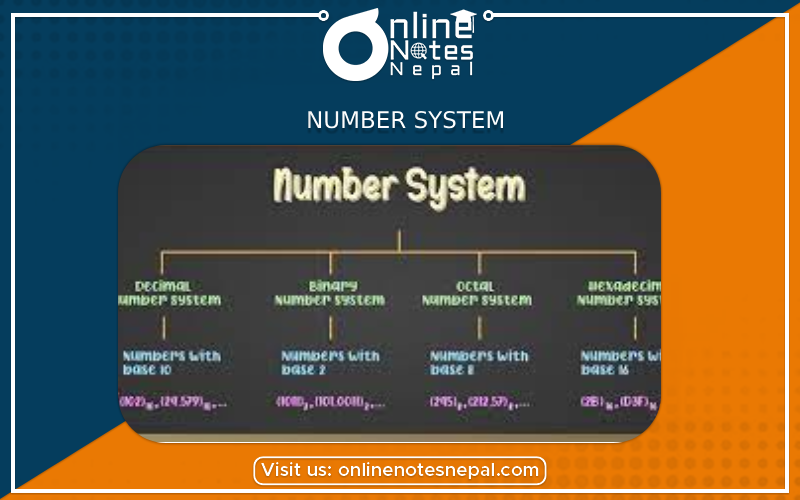Published by: Sujan
Published date: 18 Jun 2021

There are several number systems that we normally use, such as decimal, binary, octal, hexadecimal, etc. Amongst them we are most familiar with the decimal number system. They are classified according to the values of the base of the number system. The one having the value of the base as 10 is called a decimal number system, whereas that with a base of 2 is called a binary number system. Likewise, the one having bases 8 and 16 are called octal and hexadecimal number systems respectively.
With a decimal system we have 10 different digits, which are 0, 1, 2, 3, 4, 5, 6, 7, 8, and 9. But a binary system has only 2 different digits: 0 and 1. Hence, a binary number cannot have any digit other than 0 or 1. So to deal with a binary system is quite easier than a decimal system. Now, in a digital world, we can think in binary nature, e.g., a light can be either off or on. There is no state in between these two. So we generally use the binary system when we deal with the digital world. Here comes the utility of a binary system. We can express everything in the world with the help of only two digits i.e., 0 and 1. For example, if we want to express 2510 in binary we may write 110012. The rightmost digit in a number system is called the ‘Least Significant Bit’ (LSB) or ‘Least Significant Digit’ (LSD). And the left-most digit in a number system is called the ‘Most Significant Bit’ (MSB) or ‘Most Significant Digit’ (MSD). Now normally when we deal with different number systems we specify the base as the subscript to make it clear which number system is being used.
In an octal system there are 8 digits 0, 1, 2, 3, 4, 5, 6, and 7. Hence, any octal number cannot have any digit greater than 7. Similarly, a hexadecimal system has 16 digits 0 to 9 and the rest of the six digits are specified by letter symbols as A, B, C, D, E, and F. Here A, B, C, D, E, and F represent decimal 10, 11, 12, 13, 14, and 15 respectively. Octal and hexadecimal codes are useful to write assembly level language.